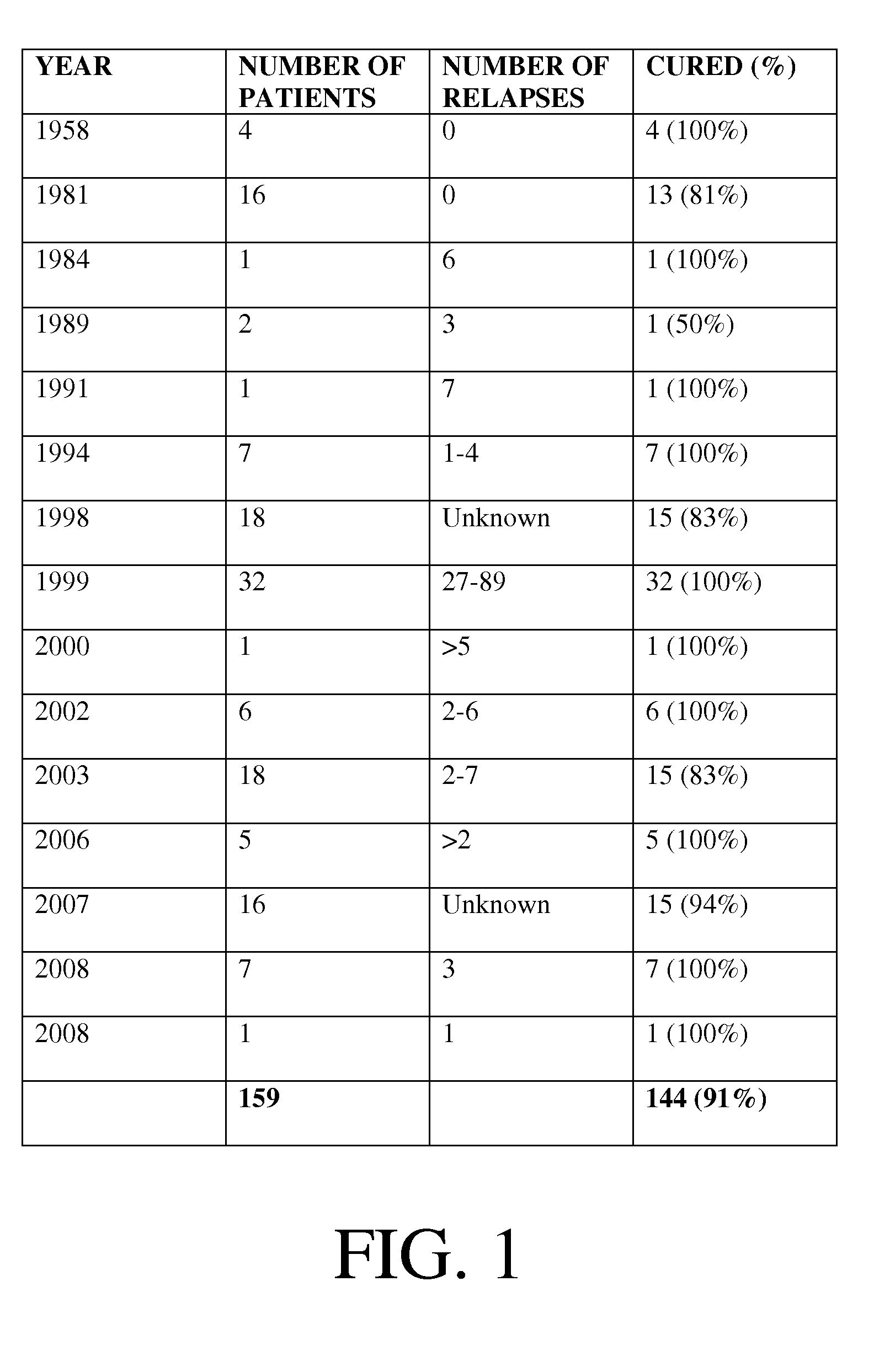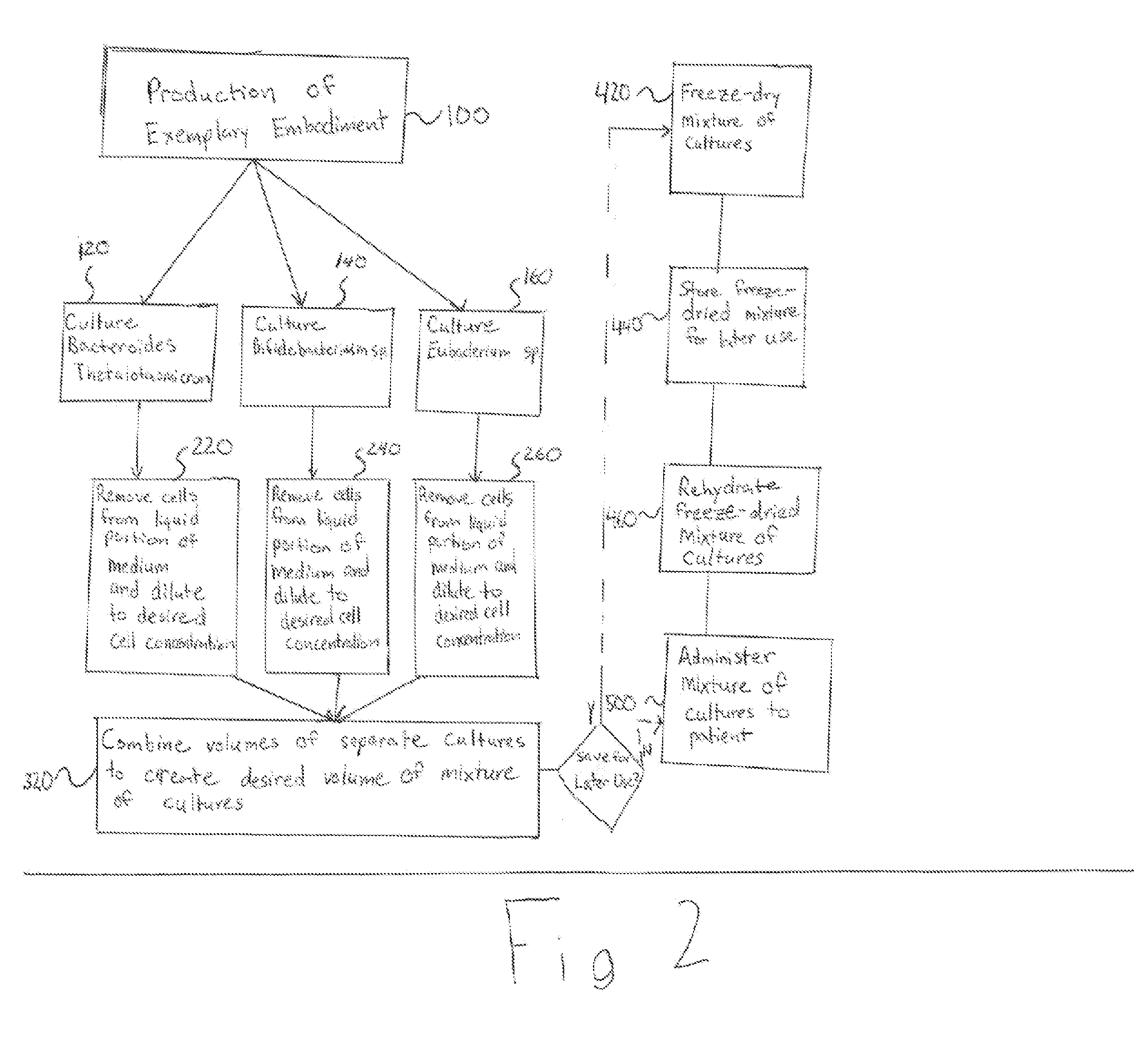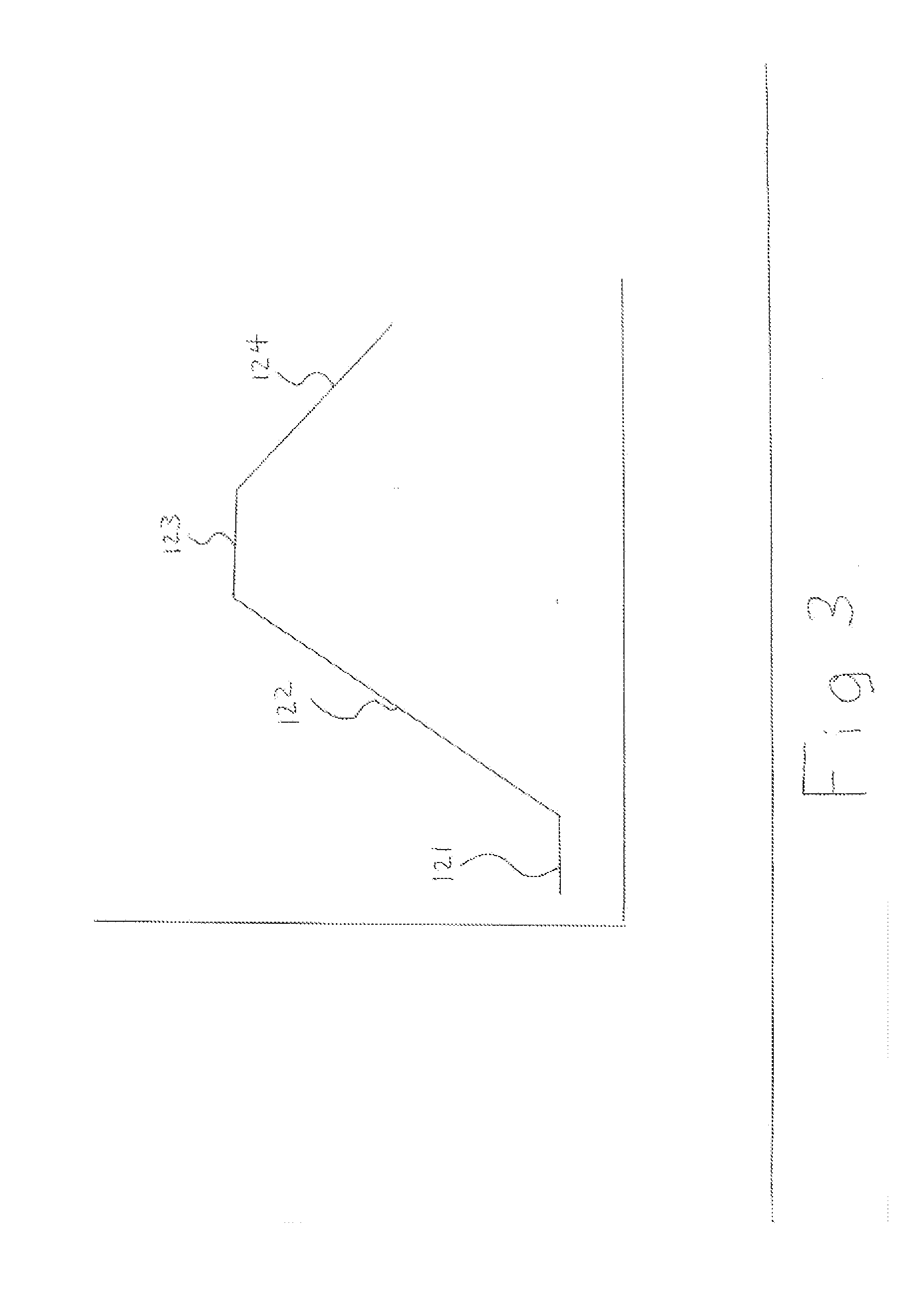Systems and methods of replacing intestinal flora
a technology of intestinal flora and systemic flora, which is applied in the directions of biocide, drug composition, medical ingredients of bacteria material, etc., can solve the problems of limited success rate, growing burden, and urgent need for new therapeutic options
- Summary
- Abstract
- Description
- Claims
- Application Information
AI Technical Summary
Benefits of technology
Problems solved by technology
Method used
Image
Examples
Embodiment Construction
[0016]The present invention generally relates to a system and method for using a mixture of cultures of bacteria commonly found in the human large intestine and can be used to replace flora lost due to antibacterial therapy. Exemplary embodiments of the present are an improvement on current treatments for gastrointestinal disease. Prior to the disclosure of the exemplary embodiments, the most successful treatment of CDAD and Crohn's disease has been a fecal transplant therapy. One of ordinary skill in the art will readily recognize that the current invention is a notable improvement upon fecal transplant therapy because it offers a cost-effective, highly successful method of treating gastrointestinal problems while decreasing the risk of infection and eliminating the need for donor screening.
[0017]Flora of the normal large intestine typically consists of Bacteroides species, particularly those of the Bacteroides fragilis group, at a concentration of 10̂11 per gram of feces. Bacteroi...
PUM
| Property | Measurement | Unit |
|---|---|---|
| transmission | aaaaa | aaaaa |
| time-efficient | aaaaa | aaaaa |
| concentration | aaaaa | aaaaa |
Abstract
Description
Claims
Application Information
 Login to View More
Login to View More - R&D
- Intellectual Property
- Life Sciences
- Materials
- Tech Scout
- Unparalleled Data Quality
- Higher Quality Content
- 60% Fewer Hallucinations
Browse by: Latest US Patents, China's latest patents, Technical Efficacy Thesaurus, Application Domain, Technology Topic, Popular Technical Reports.
© 2025 PatSnap. All rights reserved.Legal|Privacy policy|Modern Slavery Act Transparency Statement|Sitemap|About US| Contact US: help@patsnap.com



